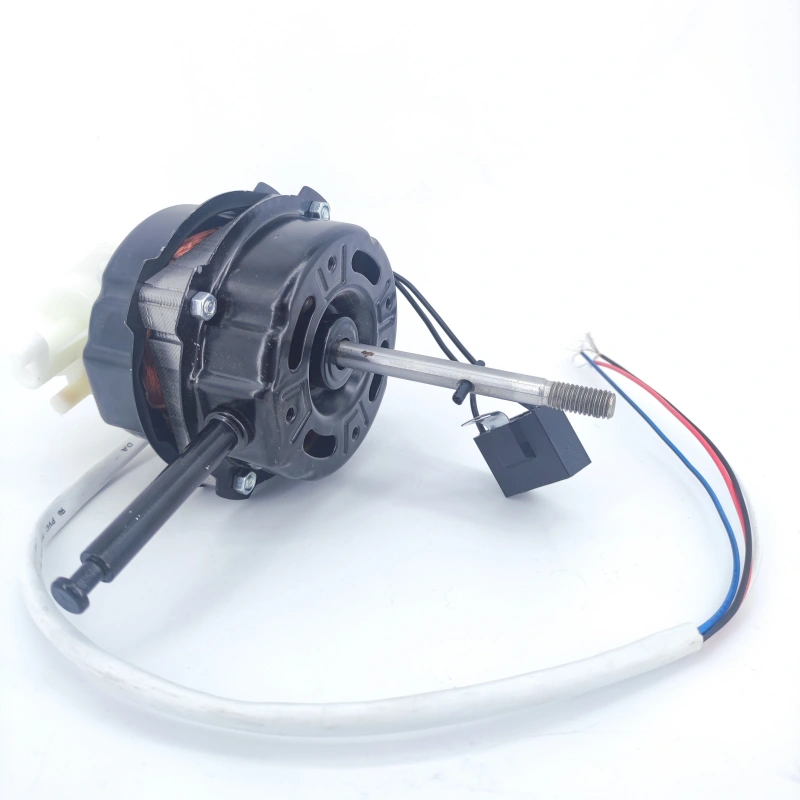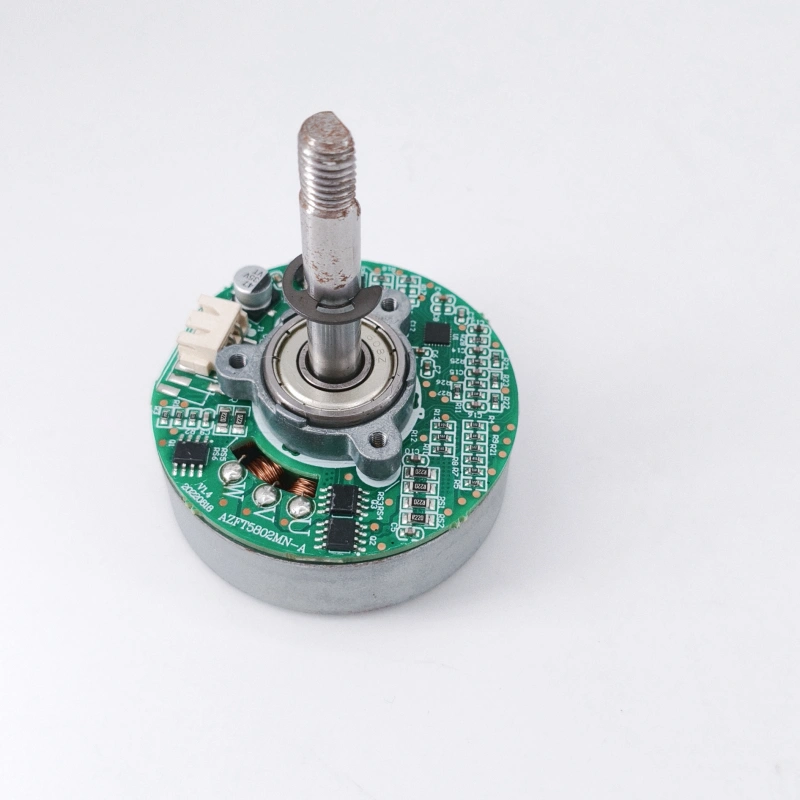First is the generation of the rotating magnetic field. When three-phase alternating current is passed through the stator windings of an AC motor, due to the 120° phase difference between the three-phase currents, a magnetic field with a constant magnitude and a direction that rotates at a constant speed as the current changes is formed inside the stator core — this is the rotating magnetic field. The speed of this magnetic field is called the synchronous speed, and its calculation formula is (where is the power supply frequency and is the number of motor pole pairs). For example, the frequency of industrial power in China is 50Hz, and for a motor with 2 pairs of poles, the synchronous speed can reach 1500r/min, which serves as the “power source” for the motor’s rotation.
Why can an AC motor achieve continuous rotation, and what is its core working principle?

The reason an AC motor can achieve continuous rotation lies in its use of the principle of electromagnetic induction and the interaction of a rotating magnetic field. It converts electrical energy into mechanical energy through the coordinated operation of the stator and rotor. The specific principle can be divided into three key links:
Second is the electromagnetic induction and force application of the rotor. Taking the most widely used asynchronous motor as an example, its rotor is a closed conductor loop (such as a squirrel-cage rotor). When the rotating magnetic field of the stator cuts the rotor conductors, according to the law of electromagnetic induction, an induced current is generated in the rotor conductors. At this time, the rotor current is in the rotating magnetic field of the stator and is subjected to Ampere’s force. The direction of Ampere’s force can be determined by the left-hand rule, and finally, an electromagnetic torque that drives the rotor to rotate is formed. It should be noted that the rotor speed is always slightly lower than the synchronous speed of the stator’s rotating magnetic field (there is a “slip rate”), which is a necessary condition to ensure that the magnetic field continuously cuts the rotor conductors and generates an induced current, and it is also the origin of the name “asynchronous motor”.
Third is the guarantee for continuous rotation. Due to the periodic change in the current direction of the three-phase alternating current, the rotating magnetic field of the stator can always maintain a constant speed rotation. The rotor, driven by the electromagnetic torque, continuously rotates following the magnetic field. At the same time, the mechanical structure of the motor (such as bearings and rotating shafts) reduces rotational resistance, and the laminated design of silicon steel sheets in the stator core reduces hysteresis loss and eddy current loss, ensuring the efficient conversion of electrical energy into mechanical energy and finally realizing the stable and continuous rotation of the motor.
From the perspective of application scenarios, this principle supports the wide application of AC motors in industrial production (such as machine tools and fans) and household appliances (such as air-conditioning compressors). With the characteristics of simple structure and high reliability, AC motors have also become one of the core equipment for converting electrical energy into mechanical energy.



